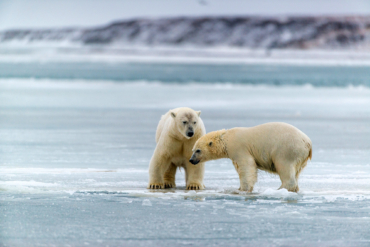Seven people have died in the Elk Mountains this year. Pitkin County officials have seen enough.
Days before Capitol Peak claimed its fifth life of the season, Sheriff Joe DiSalvo had seen enough. Last week the Pitkin County Sheriff resolved to stanch the tragedies occurring in the Elk Mountains. Specifically, along Capitol Peak and the Maroon Bells.
“I’m putting (this issue) close to the top of public safety in Pitkin County,” DiSalvo told the Aspen Times Friday.
DiSalvo and Mountain Rescue Aspen (MRA) announced last week the Peak Awareness Program. Modeled after MRA’s 33-year-old Avalanche Awareness Program, Peak Awareness aims to educate climbers on the dangers and high-risk areas of Pitkin County’s 14ers.
Peak Awareness Program
Through the Peak Awareness Program, MRA will hold annual presentations outlining the unique dangers of climbing 14ers in the Elk Mountains. It will make those resources available on the MRA’s website and through social media.
DiSalvo wants to link MRA’s warnings on 14ers.com. In addition, he vowed to press the federal government for more signage along potentially fatal routes.
Specifically, DiSalvo wants the U.S. Forest Service to post signs along designated routes to prevent hikers and climbers from wandering off-trail.
According to the Aspen Times, the Forest Service is reluctant, as it would be charged with maintaining the signs and identifying the high-risk areas. But DiSalvo said the message is more important than the medium.
“Enough is enough,” he told the Times. “We could have in big, red letters: ‘Warning. These peaks are dangerous.'”
DiSalvo and members of MRA are hashing out specifics of the full Peak Awareness program now. Full details are expected this fall.
“We’re not going to wait until next June to start,” said MRA training officer Doug Paley.
The MRA has a Peak Awareness pilot page now. It’s basic, but has many good tips for anyone looking to tackle a 14er. Those interested should check it out here.
According to the MRA: Summer Safety Tips
- The Elk Range is comprised of loose rocks.
- Warming temperatures, wildlife, and climbers are factors in contributing to rock fall.
- Caution should be used with handholds and footing.
- Rocks are slippery when wet or snowy.
- Plan your primary route ahead of time.
- Prepare an alternate backup route.
- Cairns can be misleading.
- Be prepared for quick weather changes.
- Expect possible high winds.
- Altitude, dehydration, and exhaustion impair judgment.
- Do not get separated from your group.







